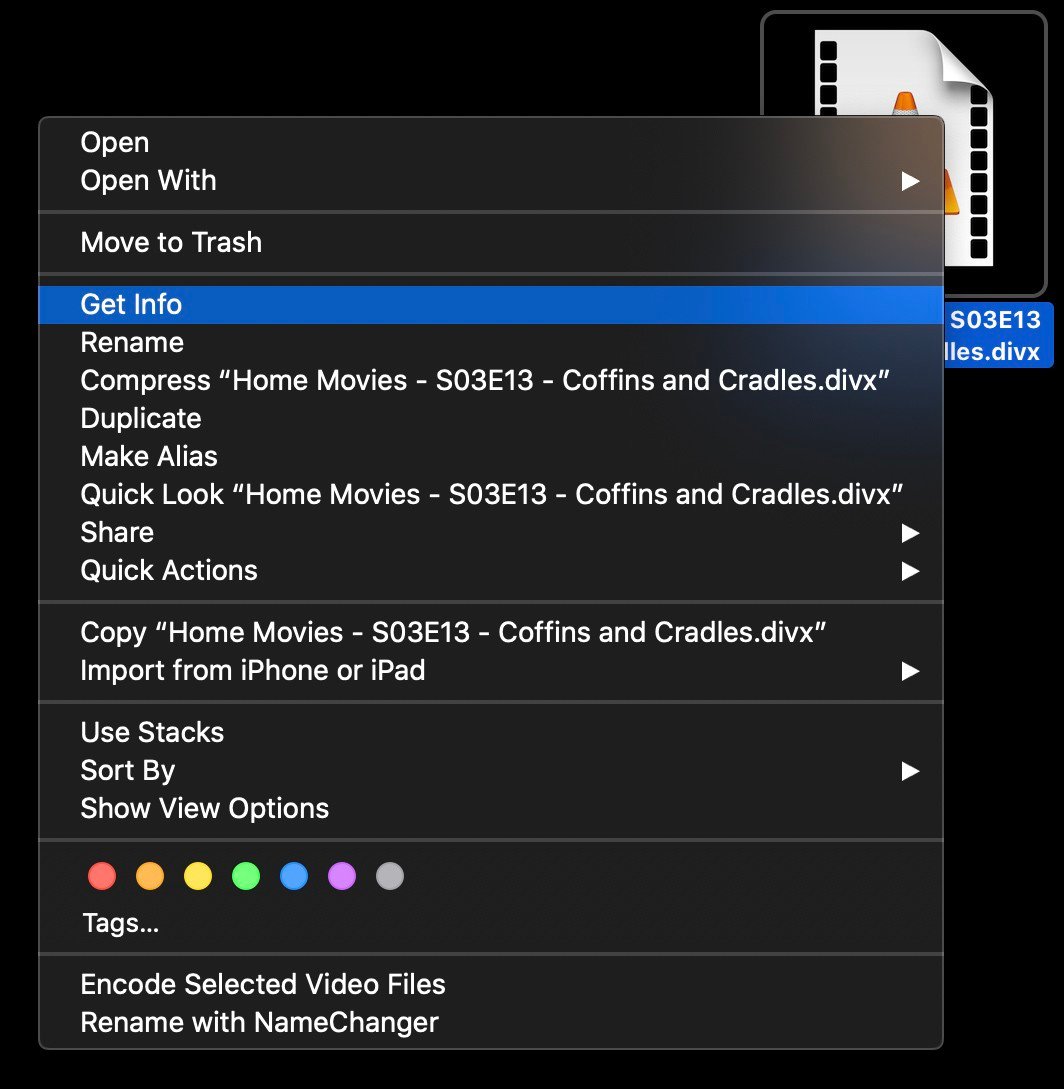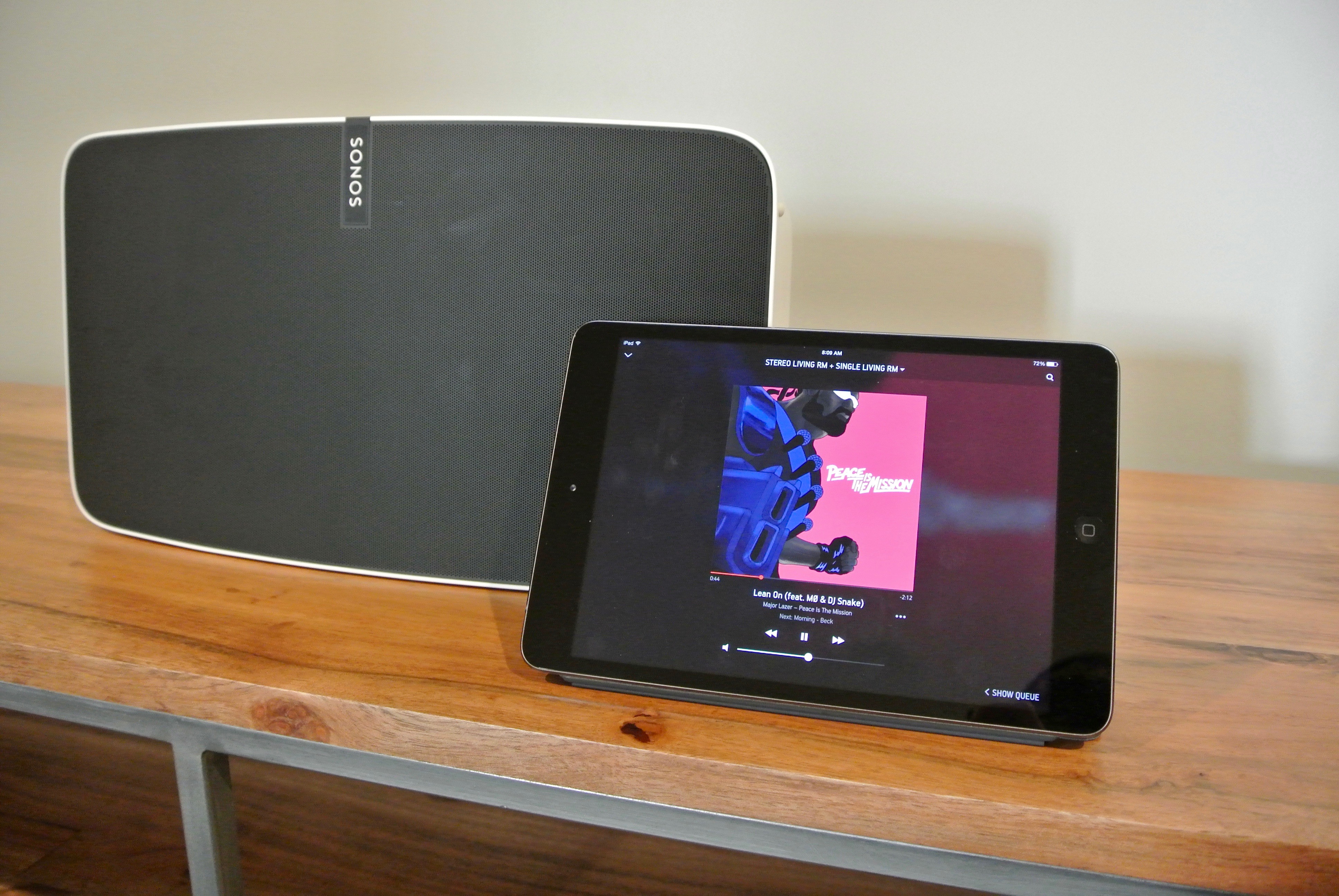

- #PLAY SOUND FROM VLC FOR MAC WITH SONOS APP UPDATE#
- #PLAY SOUND FROM VLC FOR MAC WITH SONOS APP FULL#
- #PLAY SOUND FROM VLC FOR MAC WITH SONOS APP WINDOWS#
Sonos’s AirPlay 2 support will essentially provide full Siri integration, you’ll just have to use your iPhone, iPad, or HomePod to use it unless Apple gives Sonos the keys to integrate Siri as a voice platform into the Sonos One like Amazon and Google have. AirPlay 2-compatible speakers can also, if it exists there, further reducing reliance upon your iPhone to stream music. It gets even more interesting when you dig in and note that AirPlay 2 adds enhanced buffering, allowing compatible speakers to store “minutes, not seconds” worth of audio in them, reducing (and even eliminating) those AirPlay jitters that could happen as you walked around the house or had any other Wi-Fi hiccups. HomeKit integration means AirPlay 2 is aware of all compatible speakers in your home, so you could say, “Hey Siri, play Maze by Phish in the Office” and that will take your Apple Music track and play it on your Sonos device named “Office”. It’s an intelligent platform, integrated with both Siri and HomeKit. Announced by Apple at WWDC in June, AirPlay 2 offers more than just a way to play sound on a networked speaker. That’s a pretty deep integration, but it goes even deeper. Had he brought up the Sonos app, I think we would have seen that we could’ve used the app to jump to the next track, as well. Mask swiped the PLAY:5 to trigger it to skip to the next track and the iPad dutifully jumped to the next YouTube video in the playlist. Things got interesting, however, when Mr. To demo this, Allen Mask, Sonos VP of Partnerships, played a YouTube track on an iPad and used AirPlay 2 to send the sound to a Sonos PLAY:5 speaker.

AirPlay 2 – The back door through which Siri enters Included in Wednesday’s announcements was that support for. For today, this is as good as it gets for Apple Music users wanting voice control of your music with Sonos (unless you’re willing to do the, of course). This means you could use the Sonos app to start playing something from Apple Music and still control playback with your voice using Alexa. Once a song, album, or playlist is playing on your Sonos units, any control option – Alexa included – can be used to pause, change the volume, skip tracks, and even identify which song is playing. “Continuity of control” is a phrase that they have thrown around a lot lately, and they don’t mean it lightly. Sonos’s Continuity of Control to the Rescue The good news is that Sonos puts a high value – and dedicates a lot of engineering time and resources – to ensuring a consistent playback experience. As an Apple Music subscriber I’m not necessarily sure I agree this was the right choice, especially having experienced the latter via a I wrote up last year.ĭespite the fact that the setup and maintenance of this is non-optimal and unsupported, it’s the solution that my family and I still prefer to use. Had Sonos instead built a typical, you could then control any service you added to Sonos, but you’d have to say, “Alexa, tell Sonos to play Stevie Wonder.” Sonos execs all emphasized their desire to avoid the “tell Sonos” scenario. This deeper-integration allows you to say, “Alexa, play Stevie Wonder” and have it come out of your Sonos speakers, but limits your music services to those which are enabled on your Alexa account, and that means no Apple Music.

In building its voice integration, Sonos chose to make their speakers an extension of Alexa instead of just a service which was Alexa-controllable. The requirements are substantially more restrictive than Office 2016's.
#PLAY SOUND FROM VLC FOR MAC WITH SONOS APP WINDOWS#
1 post, Office 2019 will be supported only on Windows 10. The good news is that Sonos also announced, and that might just provide the voice control Apple Music subscribers want.Īlong with its announcement that Office 2019's support will run out after seven years, Microsoft also painted the system requirements with a broad brush.
#PLAY SOUND FROM VLC FOR MAC WITH SONOS APP UPDATE#
On Wednesday, Sonos rolled out voice-control support via both a free software update for existing customers and with their new speaker, but this new solution leaves Apple Music users wanting more. From that same context menu, you can add your new station to Sonos Favorites for quick and easy access. In the My Radio Stations menu, you can either double-click on your new station, or right-click and click “Play Now”. Next, click “Radio by TuneIn” in the Sonos application under Select a Music Source.


 0 kommentar(er)
0 kommentar(er)
